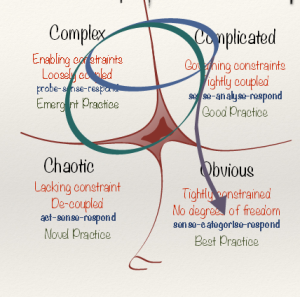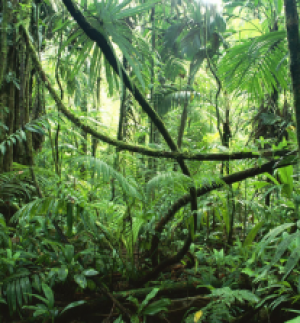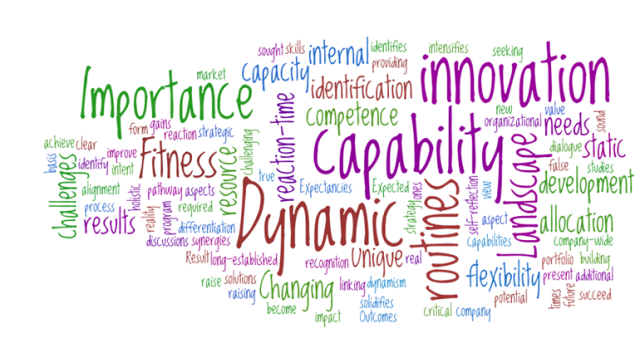 A firm’s ordinary capabilities are the ones that enable us to perform efficiently and effectively, those essential routines and practices that often require having a high level of technical need supporting these activities.
A firm’s ordinary capabilities are the ones that enable us to perform efficiently and effectively, those essential routines and practices that often require having a high level of technical need supporting these activities.
In contrast, dynamic capabilities are those higher level competences that determine a firm’s ability to integrate, build, and reconfigure both the resources and competences to possibly shape, have the power to transform and then be deployed to meet rapidly changing business environments to take advantage of these changing conditions.
Recognizing the importance of Dynamic Capabilities
Dynamic capabilities are about selecting the right things to do and getting them done, while ordinary capabilities are about doing things right. The former implicates dynamic efficiency, the latter static efficiency.
Continue reading “Recognizing the different capabilities to develop and grow”






